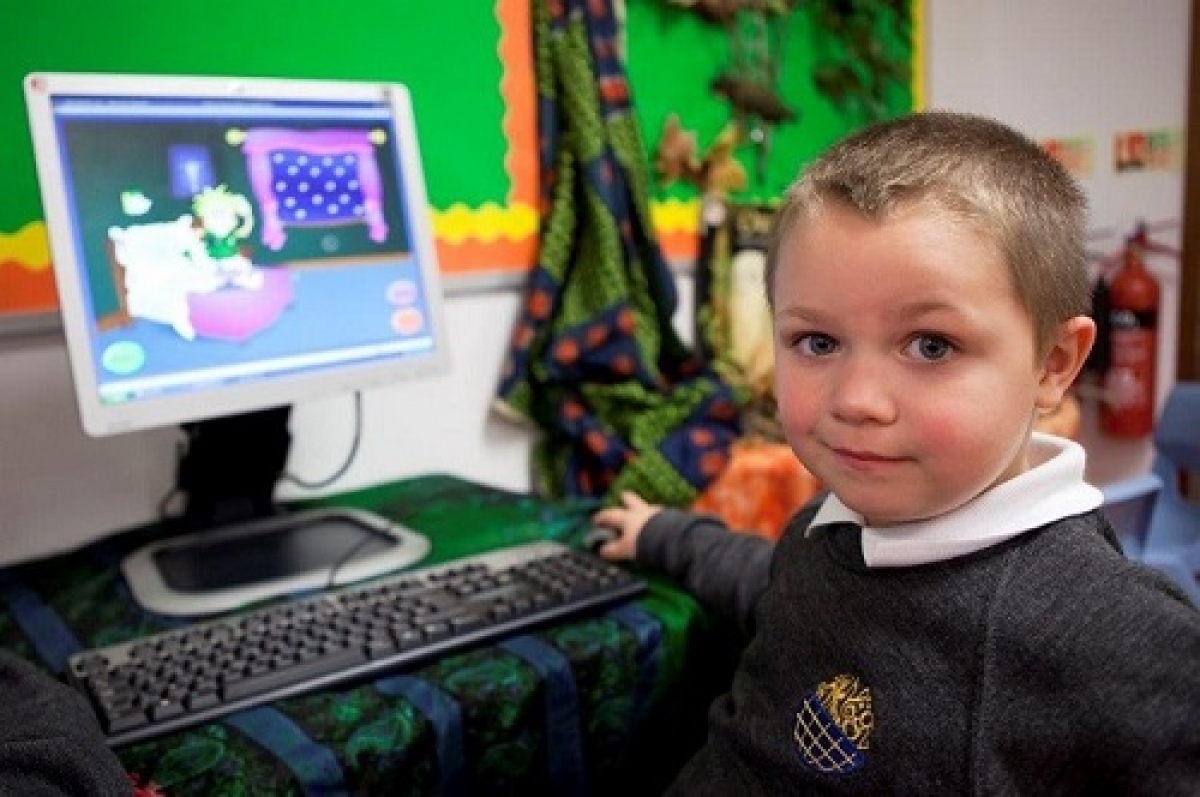Computing at School and Barefoot Computing reveal ways that primary school teachers can include the new national curriculum for computing into their lesson plans, and platforms to use depending on a child’s key stage.
Computing in the National Curriculum – A Guide for Primary Teachers
This is a really exciting time to be a pupil at primary school. The opportunities that advances in technology will bring to your pupils as they grow up are hard to imagine. The curiosity, creativity and courage that you nurture in them now should endure as they move on through education and into adult life. To exploit fully the opportunities that current and future technology offers them, pupils will draw on the understanding of computing you provide them with, as well as confidence gained through working on a range of meaningful projects throughout their primary education.
It’s a really exciting time to be a primary school teacher, too. Don’t be daunted by the changes in the move from ICT to computing. Rather, see this as an opportunity to develop your own knowledge about computing and to learn to program, if you’ve never had the chance before. Although this might sound like hard work, it’s actually great fun. You’ll find that you make better use of the technology you have at home and in school, and also that you start to think a bit differently, looking at systems and problems in the same way a computer scientist does.
Resources for the Classroom
Internet
For many activities, pupils may need access to the internet, particularly the web. You’ll need to make sure the usual safeguards are in place, but Ofsted’s recommendation is not to be too restrictive; they advocate a managed, rather than a ‘locked down’, approach. They recommend that pupils need to learn how to use technology safely, respectfully and responsibly, not to have their responsibility for this taken on by others.
Key Stage 1
You’ll need some tools with which pupils can program their computers. MIT’s Scratch, for example, provides all the tools needed to cover the programming requirements of the new curriculum.
Alternatives are available: Kodu is a rich, game-like environment providing a graphical ‘way in’ to programming; Logo has a very long history as an introductory programming language, although as it’s text-based there’s plenty more scope for bugs in code through typing or spelling errors. Some leading primary practitioners are introducing pupils to text-based programming using Python.
While the programming expectations for key stage 1 can be met using screen-based programming tools such as Scratch, there’s much to be said for working with programmable toys at this age, such as Bee-Bots, Roamers, Pro-Bots and Big Traks, although there’s certainly no requirement to do so.
Key Stage 2
At key stage 2, if you want to go down the ‘controlling physical systems’ route, you’ll need some cheap components (sensors, lights and motors) and some way of connecting these to a computer. The FlowGo interface can be used with Windows PCs. LEGO®’s WeDo interfaces nicely with Scratch 1.4, and there are interesting, perhaps more demanding, possibilities using platforms such as Arduino or Raspberry Pi.
At key stage 2, pupils are expected to use other digital devices, which could be as simple as digital cameras or audio recorders, but could also include more complex devices such as smartphones or tablets. There is also an expectation that pupils will have access to internet-based services, such as the school’s learning platform, a blog, or cloud-based software such as Google Drive or Office 365.
Tablets
Many schools are considering providing pupils with access to tablets. They can enhance learning across the curriculum, particularly if coupled with corresponding pedagogic developments. Although tablets were not intended as a programming platform, there are a growing number of apps that provide an introduction to programming. It’s also possible to access HTML5-based online programming tools such as Snap!
Concluding Remarks
That is not to say that creative, collaborative projects are the only, or in some circumstances event the best, approaches to teaching computing. There are many topics where pupils will learn a lot through classroom discussion, teacher demonstration or watching high quality media.

